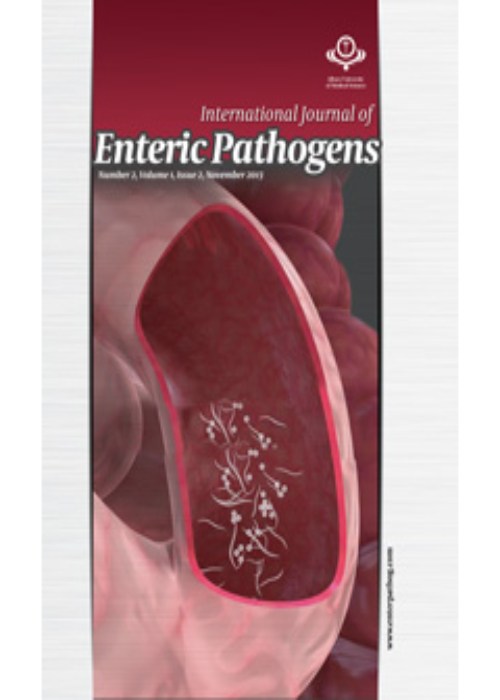Antimicrobial Susceptibility and Molecular Detection of Integrons, Sulfonamides and Trimethoprim Resistance of Extra Drug-Resistant Escherichia coli Isolates
Escherichia coli, a gram-negative bacterium, is the causative agent for approximately 80% of urinary tract infections (UTIs). UTI treatment has resulted in the overuse of antibiotics in hospitals and communities, and subsequently the increase of antimicrobial resistance. The emergence of extensively drug resistance (XDR) strains has become a costly and dangerous challenge in the treatment of most bacterial infections and UTIs.
This study aimed to determine the frequency of XDR isolates and investigate the distribution of common sulfonamide- (sul1, sul2, & sul3) and trimethoprim (dfrA1, dfrA12, & dfrA14)-related resistance genes among E. coli isolates from UTI patients. Furthermore, the isolates were sought for the presence of class 1 and class 2 integrons (Int1 & Int2) among XDR E. coli isolates.
120 uropathogenic-E. coli isolates recovered from UTI cases in Mashhad were assessed in 2017-2019. Overall, 39 out of 120 isolates were identified as XDR isolates as they were resistant to all classes of tested antibiotics, except for two or fewer comprising quinolones (first and second generation), cephalosporins (first and third generation), penicillins, tetracyclines, and sulfonamide-trimethoprim.
The antimicrobial susceptibility testing (AST) results determined a substantial resistance rate against cloxacillin (98.3%), oxacillin (98.3%), and cephalexin (94.17%). According to polymerase-chain reaction results, sul1 and dfrA14 genes with the frequency of 35 (89.74%) and 28 (71.79%) were identified as the most prevalent resistant genes among XDR isolates. In addition, int1 and int2 genes were detected among 23 (58.9%) and 8 (20.5%) XDR isolates, respectively. In conclusion, the substantial distribution of sul1 and dfrA14 genes was highlighted among XDR E. coli isolates recovered from UTI.
Based on the present research findings, class I integrons play a major role in the dissemination of resistance gene cassettes, including sul and dfr in XDR isolates, and should be investigated in the future.
- حق عضویت دریافتی صرف حمایت از نشریات عضو و نگهداری، تکمیل و توسعه مگیران میشود.
- پرداخت حق اشتراک و دانلود مقالات اجازه بازنشر آن در سایر رسانههای چاپی و دیجیتال را به کاربر نمیدهد.


